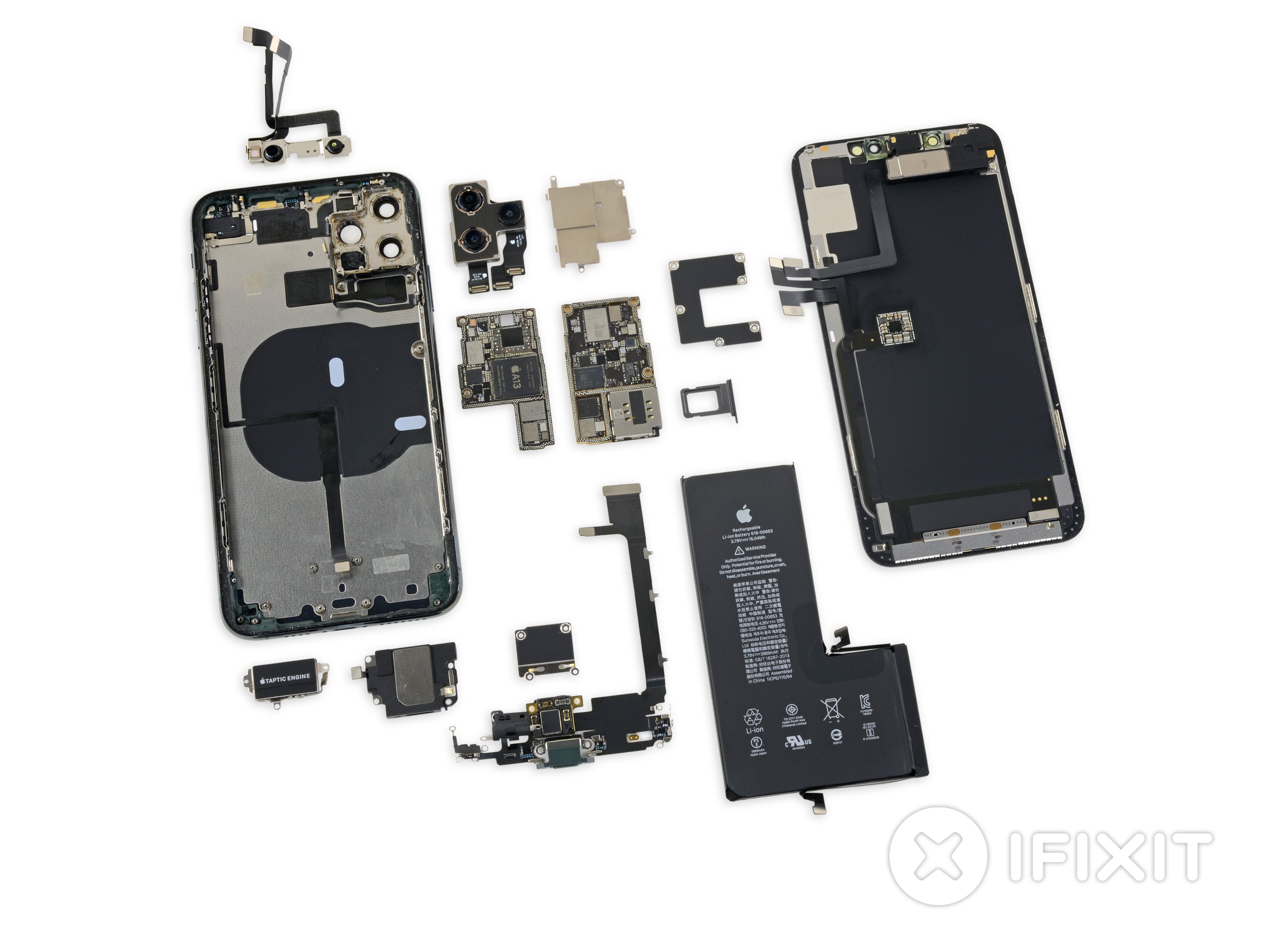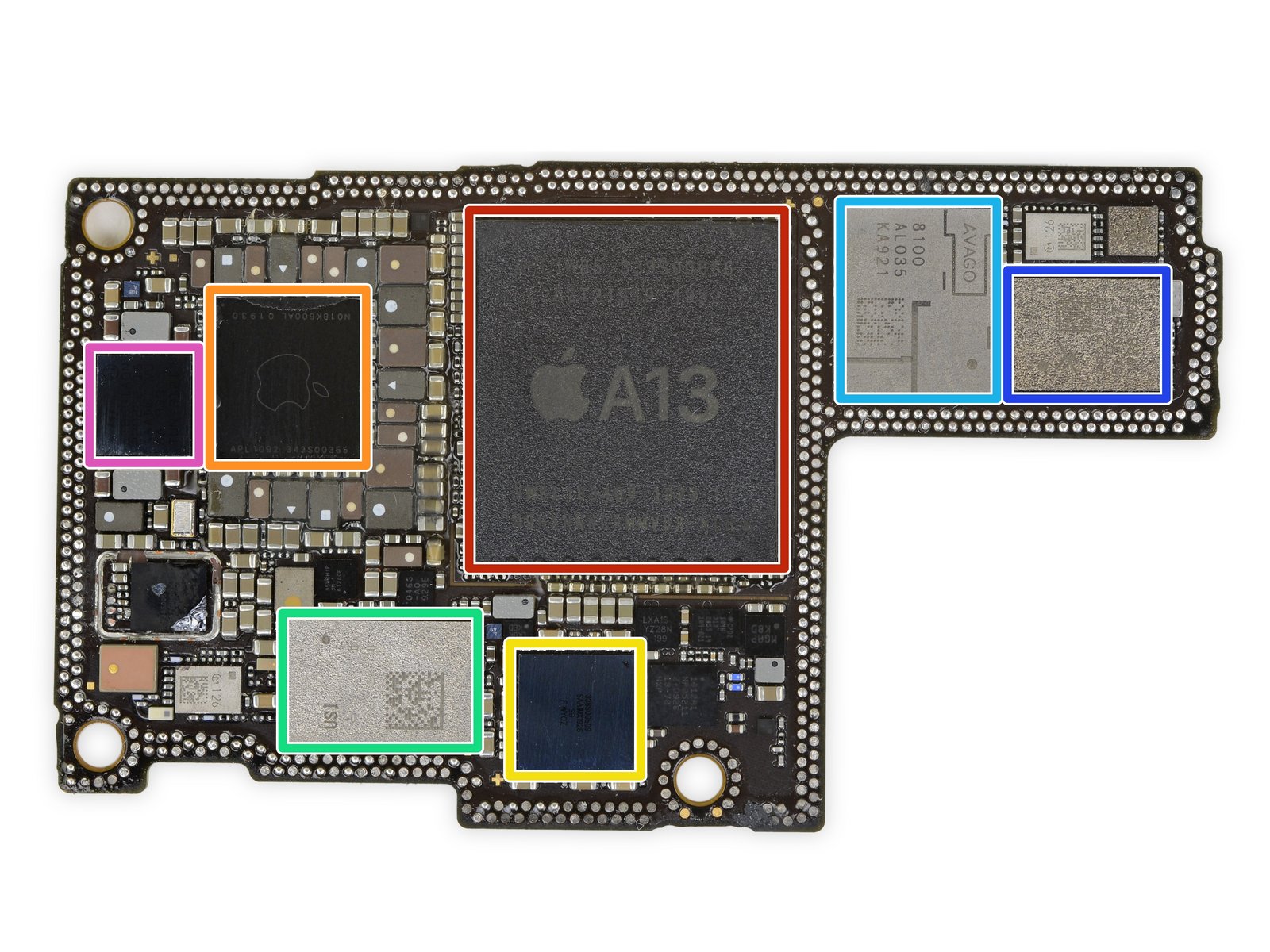Ichinisan
Lifer
- Oct 9, 2002
- 28,298
- 1,235
- 136
Maybe Apple could literally throw in a basic x86 core for some low-performance software compatibility? Would they need to pay a license for the architecture? I recall hearing that AMD and Intel have a patent sharing agreement, but maybe Apple / ARM has a similar agreement with Intel / AMD?Well, the golden handcuffs of x86 compatibility (large software base), probably means not for a while - if ever.
The Mac line is pretty small compared to the iPhone market, so it may never be worth the effort.





